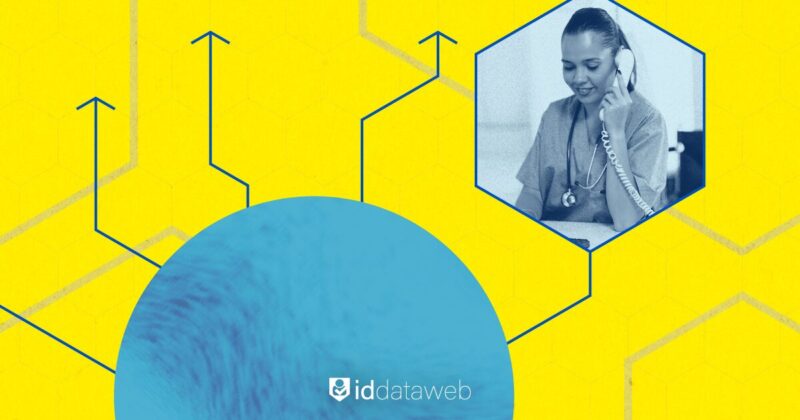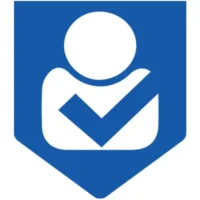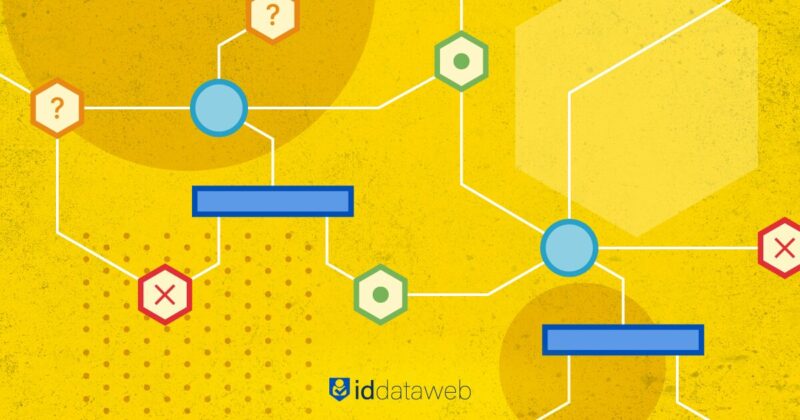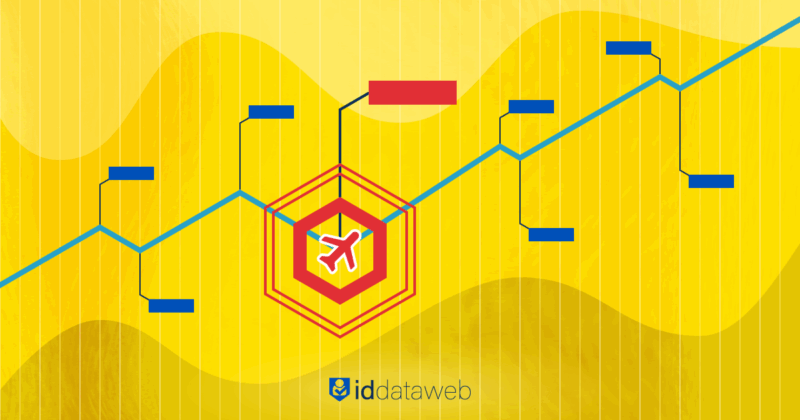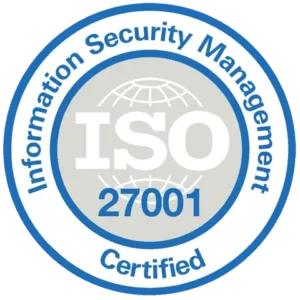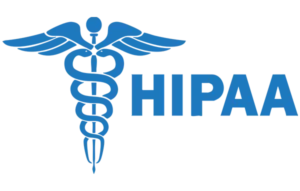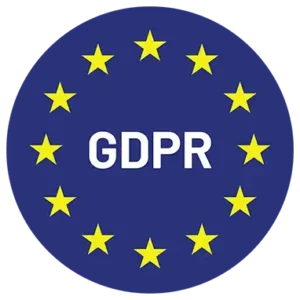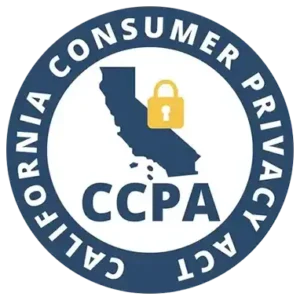Healthcare data ecosystems have become incredibly dense, supporting everything from inpatient workflow to remote telehealth appointments. Complexity has grown faster than our collective ability to monitor and protect each link. When a breakdown does occur—whether from a ransomware assault, insider threat, or misuse of someone else’s credentials—it can be a harsh wake-up call.
It’s easy to assume our protective measures are airtight. Thick policy manuals, compliance checklists, and long-standing EHR systems all contribute to that sense of security.
Yet, when procedure becomes second nature, we can stop noticing subtle signs of deep security risks and fail to question patient-access inefficiencies. New warning signals can be filtered out precisely because they feel unfamiliar. Too often, it’s only breaches that challenge our assumption of “having everything under control”
That’s why healthcare organizations should address these hidden gaps proactively—with Customer Identity Access Management (CIAM)—pinpointing vulnerabilities across every access point—rather than waiting for a breach to shake their confidence. Identifying where systems fall short is only half the challenge; getting stakeholder buy-in is critical to implementing a CIAM solution in the first place.
This article will explain how CIAM addresses healthcare security problems, then cover common stakeholder objections administrators will need to address before going ahead with a CIAM program.
1. Problem area one: multiple access points and cascading risk
Mobile health apps, at-home monitoring devices, telehealth sessions, and healthcare portals are all access points containing personal information. Without property identity access management, each entry point can be a weak link.
Overlapping systems and integration pitfalls
Many facilities rely on extensive EHR modules for patient records while bolting on specialized systems for imaging, pharmacy, or billing. These applications often connect with external vendors, creating a patchwork of logins and credentials.
Even if one portal is relatively secure, a separate system may have weaker login controls, giving attackers a potential backdoor.
Vulnerabilities in third-party partnerships
Health organizations frequently outsource services to smaller specialty providers, such as remote radiology teams or behavioral health consultancies.
These partners may have fewer resources to maintain strong security protocols. A breach at a partner site can cascade back to the main healthcare network, exposing sensitive records in ways the primary facility never anticipated.
Operational pressures make it difficult to keep up with security
Clinicians and administrators navigate tight schedules with immediate patient needs. Urgency, or convenience, often wins over strict security protocol. Teams reuse credentials, skip recommended updates, or rely on less-than-ideal authentication methods—creating vulnerabilities for bad actors to exploit.
When systems operate in silos or are loosely integrated, it’s easy to assume that if you haven’t seen a breach, you’re secure. But a single foothold in a lightly guarded portal can open an entire network.
The frictionless flow of patient data is a double-edged sword: it speeds up care, but also multiplies points of vulnerability.
Problem area two: data fragmentation and delegated access
Along with the challenge of wide-ranging access points comes the question of who gets to see what and when. Misjudging delegated access can lead to unauthorized data sharing or denying critical information to the right person at the wrong time.
A complex web of user roles
Healthcare teams aren’t monolithic. They include clinicians, administrative staff, part-time specialists, volunteers, students, and outsourced personnel.
Each group has different privileges and needs, and roles can shift quickly—an intern may become full-staff, or a temporary nurse might need expanded privileges if the usual team is understaffed.
Without a central system to track and adapt permissions, an outdated role assignment can create serious access and compliance risks.
Patient and caregiver delegation
Beyond staff, healthcare involves family members, legal guardians, and caregivers. For instance, an adult child handling billing on behalf of a parent may need access to certain records but not necessarily the entire medical history.
In many organizations, these access rights are managed ad hoc—through shared passwords or phone calls to IT—leading to confusion about who is permitted to view or update specific data.
Data siloing causing errors and inefficiency
Fragmented identity data means limited visibility into user behavior. If a suspicious login occurs in one application, the alert may never cross into another.
Consequently, it becomes difficult to see patterns of fraudulent activity, especially if malicious actors exploit multiple systems. Errors or misuse can slip through the cracks when teams cannot trace who accessed or altered records across these data silos.
When delegated access is poorly structured, it compromises not only the patient’s privacy but also their continuity of care. Overly restrictive approaches can hamper timely interventions; overly permissive setups can expose personal health information (PHI) unnecessarily. The right balance demands an identity framework that is both granular and adaptable.
CIAM as the unifying solution
Faced with a threat landscape that grows more sophisticated every year, healthcare organizations need solutions that look beyond surface-level controls.
Customer Identity and Access Management (CIAM) brings a unified, patient-centric lens to the entire identity journey. It integrates clinical staff, administrative users, and patients (and their caregivers) within a single, intelligent platform.
Here are three of the overarching benefits of CIAM solutions:
1. Granular role-based access and delegation
Modern CIAM solutions offer policy-driven role assignments, so administrators can fine-tune privileges for every user group.
For patient delegation, the system can link caregiver accounts and manage nuanced access levels, such as billing vs. appointment scheduling vs. viewing lab results.
This reduces the hodgepodge of manual requests and ensures each user’s rights align with organizational policies and regulatory requirements.
2. Adaptive authentication at every entry point
CIAM platforms can detect unusual patterns—logins from unrecognized devices, suspicious geolocations, or rapid transaction bursts—and respond accordingly.
Rather than applying a uniform security barrier, these systems dynamically escalate checks only when needed, improving both safety and usability. A familiar device using a secure network faces minimal friction, while a login from an unknown remote device triggers additional verification steps.
3. Consolidated reporting and UX
CIAM provides unified visibility across multiple portals and applications. Security teams no longer need to monitor multiple dashboards or reconcile conflicting user activity logs.
A single pane of glass highlights anomalies in access requests or usage trends, speeding investigations and supporting compliance with HIPAA or other regulations.
This consolidation also fosters better security and patient experience. Organizations can spot vulnerabilities and verification flows that are introducing unneeded friction, and then adjust without code.
Critically evaluating common stakeholder objections to CIAM adoption
Despite the mounting case that robust CIAM is critical to modern healthcare cybersecurity, many organizations still hesitate on adoption.
Various objections arise, ranging from direct cost concerns to apprehensions about user experiences. Examining these misgivings in depth helps clarify why CIAM remains not just beneficial but essential in safeguarding both patient trust and organizational viability.
1.“It’s Too Expensive.”
Healthcare budgets are notoriously tight. Administrators face pressure to fund new medical devices, upgrade facilities, and accommodate regulatory mandates.
A substantial investment in CIAM can seem daunting, especially when existing systems appear to function well enough. However, the high costs of a data breach—including remediation, legal fees, regulatory penalties, and reputational harm—can easily eclipse any upfront spending on modern CIAM.
2. “Our EHR System Covers Patient Login.”
Many healthcare providers rely on electronic health record (EHR) platforms like Epic or Cerner for basic patient authentication. While these solutions can offer foundational login processes, they seldom match the sophistication of dedicated CIAM. Advanced fraud defenses (e.g., multi-factor authentication, device fingerprinting, and risk-based analysis) are not always built into EHR modules.
Additionally, EHR systems may not support incremental profile building or flexible user journeys that adapt to patient needs. The result is a single “gate,” which, once breached, gives attackers broad access to sensitive data.
3. “We Don’t Have the Expertise.”
Implementing any robust security solution requires specialized knowledge—particularly in fields like identity verification, encryption standards, and compliance. Smaller healthcare organizations, especially, worry they lack the in-house talent to manage a CIAM platform.
Cloud-based solutions address much of this concern, as they often come with built-in integrations, user-friendly orchestration layers, and vendor support. Over time, internal staff can learn the platform without needing a fleet of specialized security engineers.
Careful vendor selection and strong documentation go a long way in demystifying CIAM’s complexities.
4. “Patients Will Abandon Complex Processes.”
A persistent fear is that each added security step increases user friction, leading less tech-savvy patients to forgo online portals altogether. This worry typically underestimates modern CIAM’s flexibility.
Adaptive authentication does not apply the same friction to every login attempt; it escalates security only when certain risk factors arise—like a new device or suspicious geographical location. Furthermore, user experience design in cutting-edge CIAM platforms has evolved dramatically, employing concise prompts and smartphone-based biometric authentication.
Conclusion
These objections highlight genuine challenges but do not outweigh the pressing need for a secure, user-friendly identity management framework.
By stepping back and considering the broader landscape—escalating cyber threats, the fiduciary responsibility to protect patient data, and mounting consumer expectations—healthcare organizations can see that waiting to implement CIAM carries a higher long-term cost than adopting it early.
Ultimately, critical evaluation of these objections suggests that the real question is not whether CIAM is valuable, but how quickly healthcare entities can deploy it without disrupting ongoing services.
